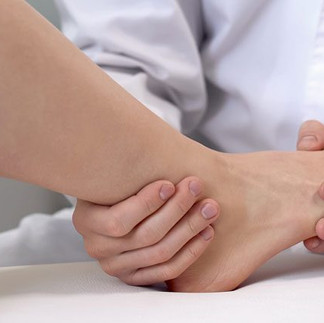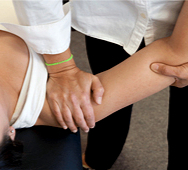Physiotherapy Assessment and Diagnosis
- Nathalie Agius
- Apr 28
- 2 min read
Updated: May 5
Your recovery starts with a detailed and personalized physiotherapy assessment. This first step is essential for me to fully understand your injury, pain, or condition and to design a treatment plan that’s tailored specifically to you.
Whether you’re dealing with a sports injury, a repetitive strain issue, musculoskeletal pain, or ongoing chronic discomfort, my assessment process is focused on finding the root cause—not just treating the symptoms.
Your First Step Towards Recovery
During your first session, the goal is simple: to understand your story and uncover what’s truly causing your pain or injury. I’ll begin by learning about your medical history, current symptoms, lifestyle habits, and any past injuries. We’ll talk about how your condition is affecting your day-to-day life, work, or sports performance.
Next, I’ll carry out a full physical assessment. This includes checking your posture, strength, flexibility, joint mobility, and movement patterns. I may also use specific clinical tests to pinpoint exactly which structures—whether muscles, tendons, joints, ligaments, or nerves—are involved.
Beyond addressing the immediate injury, I’ll look for contributing factors such as repetitive movements, poor posture, muscular imbalances, or old injuries that may be impacting your current situation. By understanding the full picture, I can design a recovery plan that not only relieves your symptoms but also helps you move better, feel better, and stay better in the long term.
How Is a Diagnosis Reached?
Your diagnosis is based on a combination of your health history, the physical examination findings, and the results of specific tests carried out during your assessment. By carefully piecing together all the information, I can accurately identify the nature and source of your condition—whether it’s a muscle strain, tendonitis, joint dysfunction, nerve irritation, or a combination of issues.
If I believe additional investigations are needed, such as imaging (X-ray, MRI, or ultrasound), I will explain this clearly and, if necessary, guide you in coordinating with other healthcare professionals to ensure you receive comprehensive care.
Discussing Your Treatment Options
Once a diagnosis is made, I’ll clearly explain it to you in simple terms, so you fully understand what’s happening in your body. We’ll then go through the treatment options together. Your personalized treatment plan may include a combination of:
Hands-on therapy (such as manual therapy, joint mobilization, or soft tissue techniques)
Tailored exercise programs to build strength, flexibility, and stability
Alternative therapies (such as acupuncture, cupping, taping, etc.)
Movement correction and posture re-education
Recovery strategies, including advice on load management and activity modification
Preventative strategies to reduce the risk of future injury
Every treatment plan is designed not just to treat your symptoms, but to help you achieve lasting recovery, regain confidence in your body, and return to doing the activities you love.
Ready to Get Started?
If you have any questions about the assessment process, treatment options, or how physiotherapy could help you, feel free to get in touch. You’re welcome to call or message, with any questions you may have — I'm here to help and happy to guide you toward your recovery journey.
















Comments